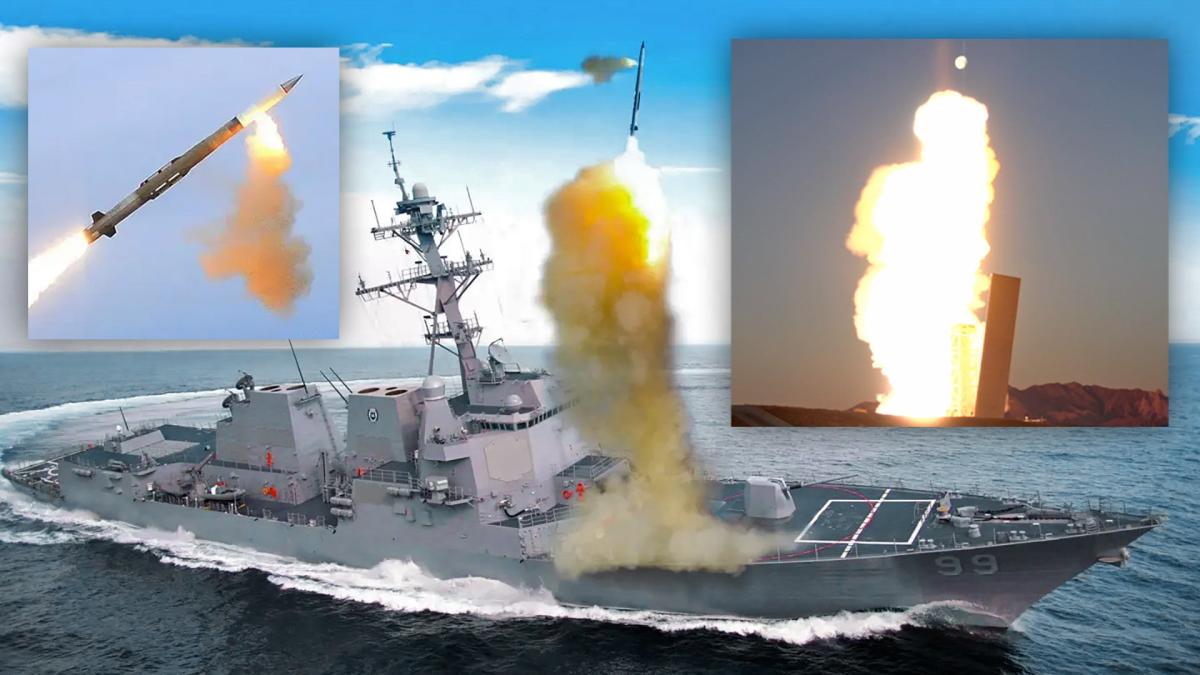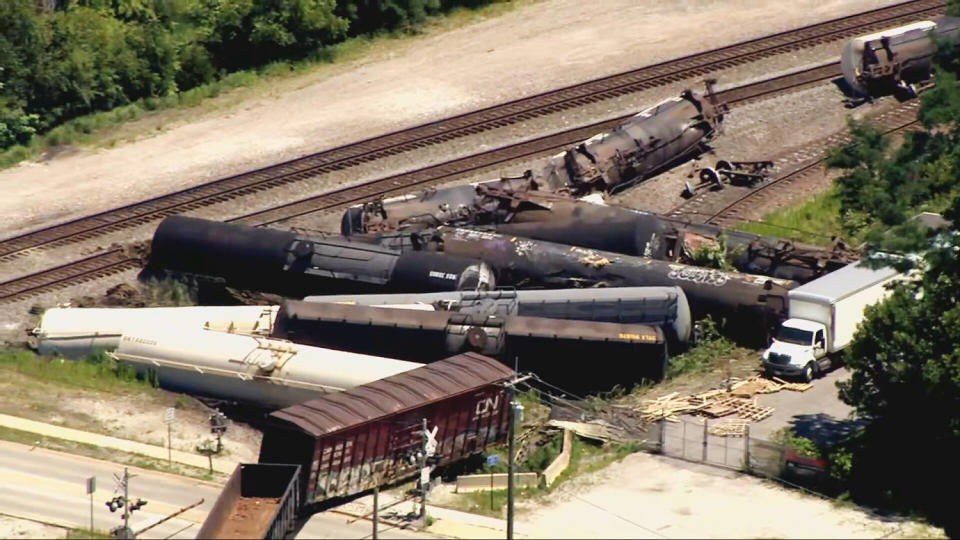On this day 80 years ago, a farm boy from Alden Kansas got into a landing craft off the Normandy shore and headed for Omaha Beach.
When the ramp went down and they begin to leap into the cold water, some of his men, who could not swim, sank and drowned from the weight of their heavy gear. Others were shot before they got to land.
He waded onto the beach, told his men to follow him, since he had experience spotting mines, and they actually made it to the base of the cliffs. There, he found other men pinned down and not moving.
He said he told the men that if they stayed there they would die, so they had to go up the cliff.
When he addressed his fellow combat engineers, he said, “I never asked my men to do anything I was not willing to do myself.” So he started climbing.
I believe he was one of what must have been many men that day on Omaha Beach, who turned the tide by going up and off the beach into what must have seemed like certain death.
He had been in two invasions before D-Day.
He landed in North Africa and watched from a mountain observation post as German General Erwin Rommel’s tanks destroyed the allied forces at Kasserine Pass.
He landed in Sicily at Gela and was the point man in clearing mines from roads and paths, while being strafed by Nazi planes.
He was a very quiet man. Often at boisterous family dinners, he would wait until everyone had carried on at length and then he would deliver the legal equivalent of a summary judgment, that often ended any argument with a brief eloquent sentence.
He was a excellent chess played and at tennis, he could run his opponent out of stamina by carefully returning their power shots with quiet but accurate little returns, causing them to run back and forth until they, like Rommel at Kasserine Pass, ran out of gas.
He loved strategy and as a reserve officer, he took post-war classes at West Point, where he met and became friends with Creighton Abrams — namesake of the Abrams tank — a young officer in World War II who would later serve as a general and Army chief of staff during the Vietnam War.
Years later, when Huey and his wife Virginia Huey took a trip around the world, he stopped in Saigon to see his old friend and argued that we should withdraw from Vietnam because he believed that there was no good possible outcome.
He once joined in a Hutchinson anti-war march and was good-naturedly heckled from the sidewalk by his brother in law.
Wounded in action
Huey got over the top of that Normandy cliff and into the countryside where he searched for mines and blew holes in the ancient wall-like hedgerows. He spoke of those hedgerows with vigorous frustration, because they enabled the enemy to set up free-fire zones in open fields and they had to be blown up to be penetrated.
By the time he got to Belgium, Huey had been field promoted to lieutenant and again, he led by example.
Once he was with a newly minted West Point lieutenant in a jeep to scout ahead of his troops. He would often stop to listen and he heard Panzer tanks coming down the road. He told his jeep driver to get under a nearby bridge and the line of tanks passed over them. As they came back up on the road, a straggling tank came up and the new guy opened fire on the tank while Bruce and the jeep driver screamed “No, No.”
The tank shot up the jeep and killed the driver. Huey was shot in the gut and crawled into a nearby field.
He recovered in England and returned as his unit was thrown into the battle of Hertgen Forrest. It was a hellish deep dark forest, with a tree canopy so high and tight that it was often dark even at noon.
The Nazis had spent months building hidden positions from which mortar bursts in mid-air would rain shrapnel down on everyone below, no matter how dug in they were. Almost 5,000 men died there in a battle that many say should never had happened. They say the forest should have been sealed and the Germans starved out.
Immediately after that, he was in the Battle of the Bulge and then crossed the Remagen Bridge, only to be seriously wounded by shellfire.
His recovery was long and painful and for the rest of his life, German steel worked its way thru his gut.
But he would not go to a new hospital, even though he was well off. He insisted on going to VA hospitals for repeated surgeries because those “are the hospitals my men have to use.”
He was so self-effacing that in his 21-page memoir, he quickly passed over details of which he later spoke at Ft. Riley on the 50th anniversary of D-day.
He died in 1994. So he never saw “Saving Private Ryan.” Had he seen it, despite his very unpretentious, even humble nature, I believe he might have recognized himself.
Dan Rouser is a project manager at HFG Architecture in Wichita. A former Wichita Eagle employee, he is the nephew of the late Robert Bruce Huey.
Signup bonus from





